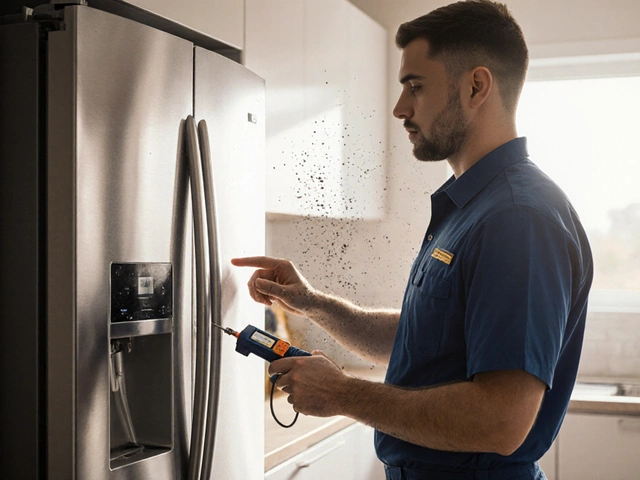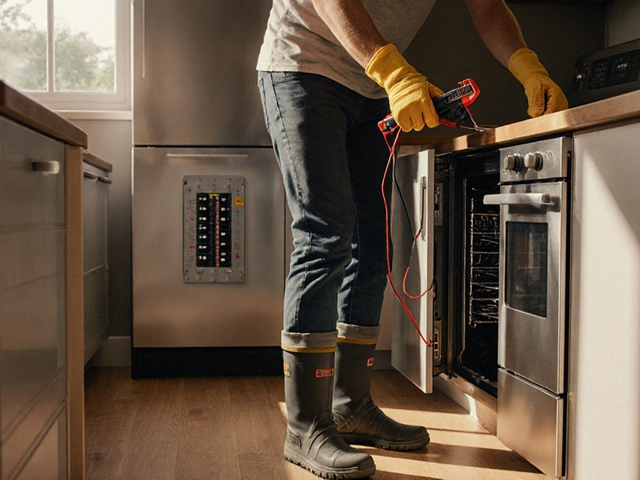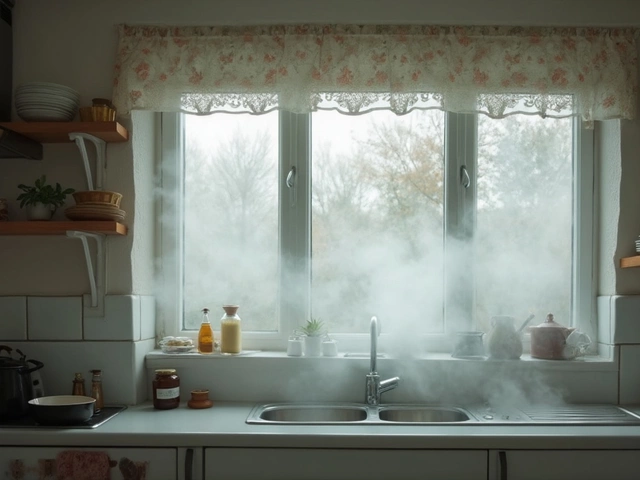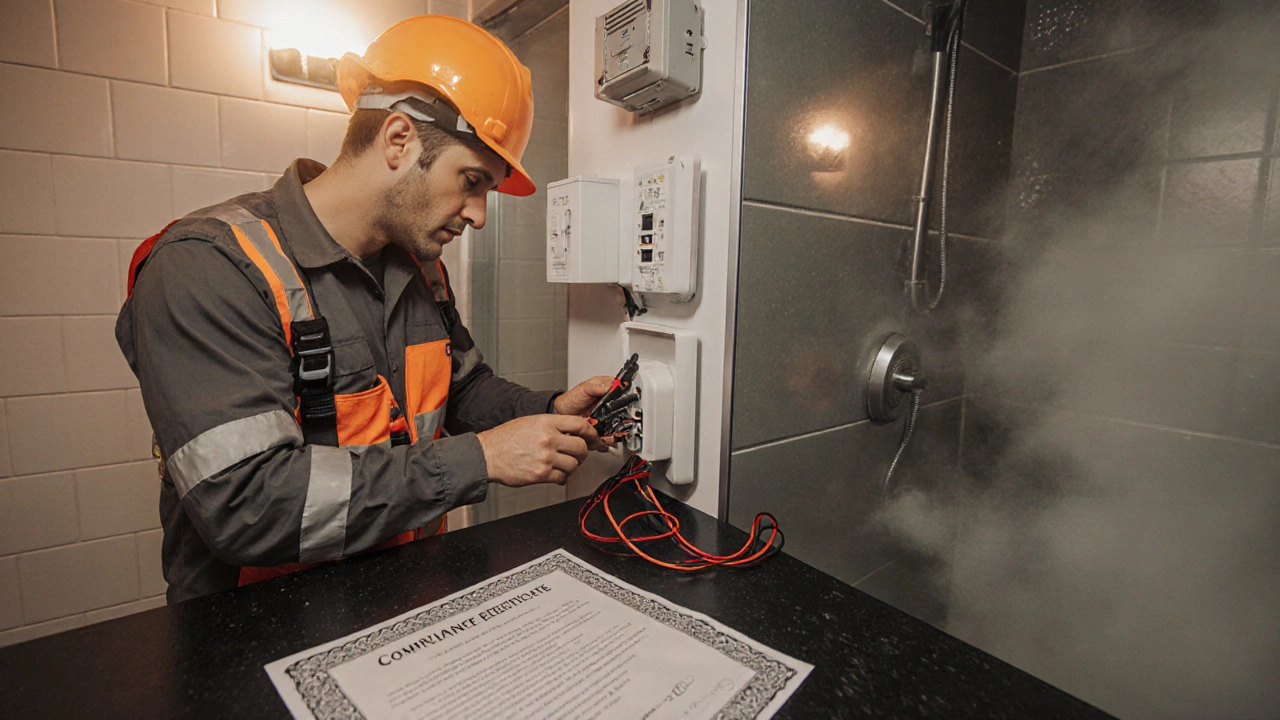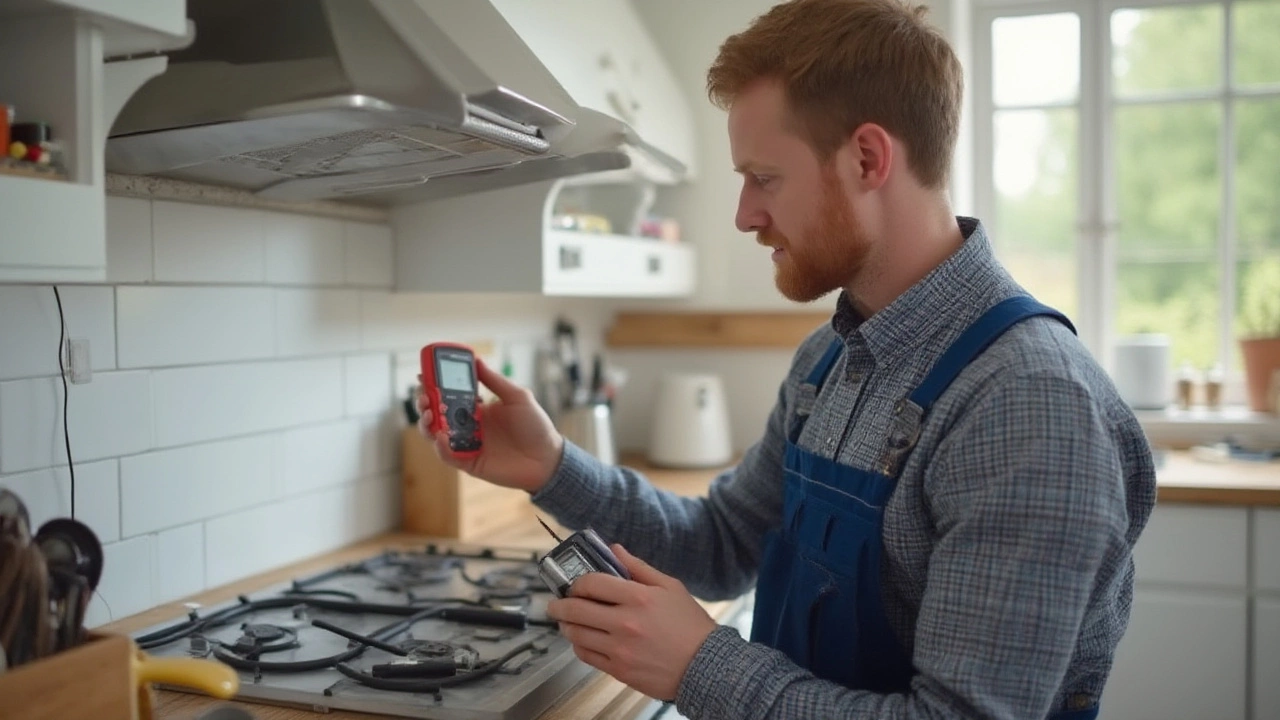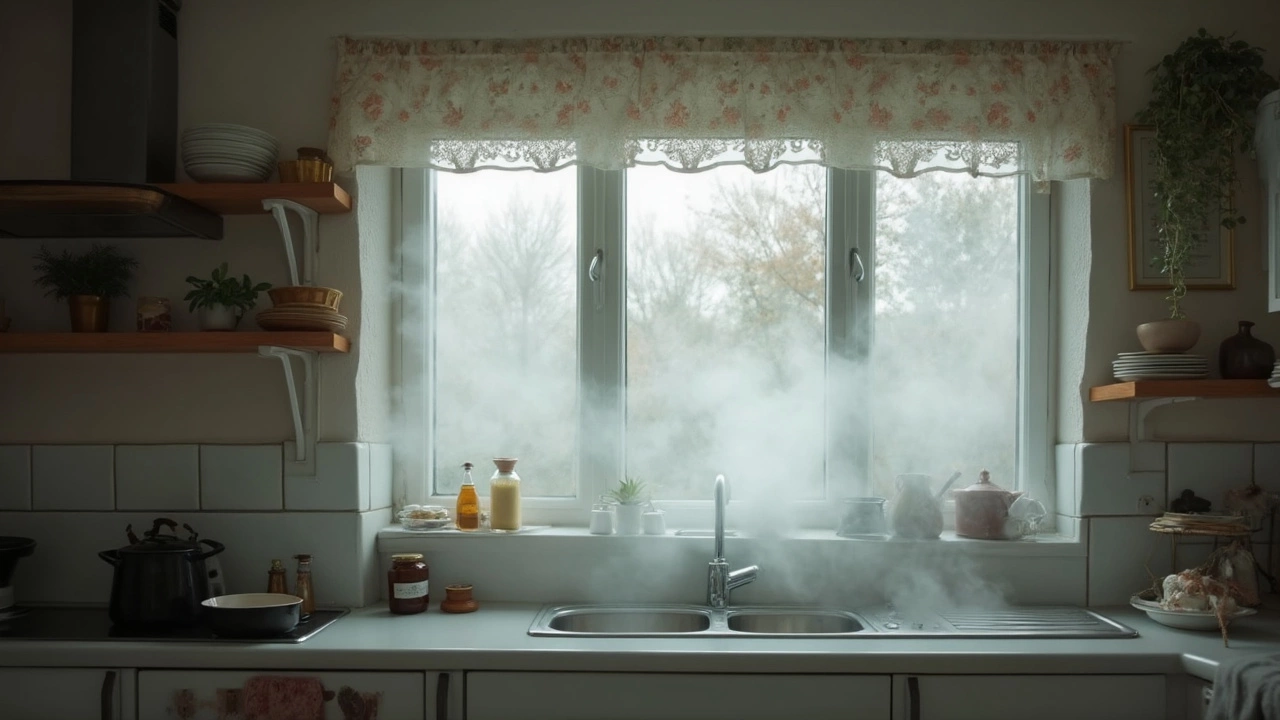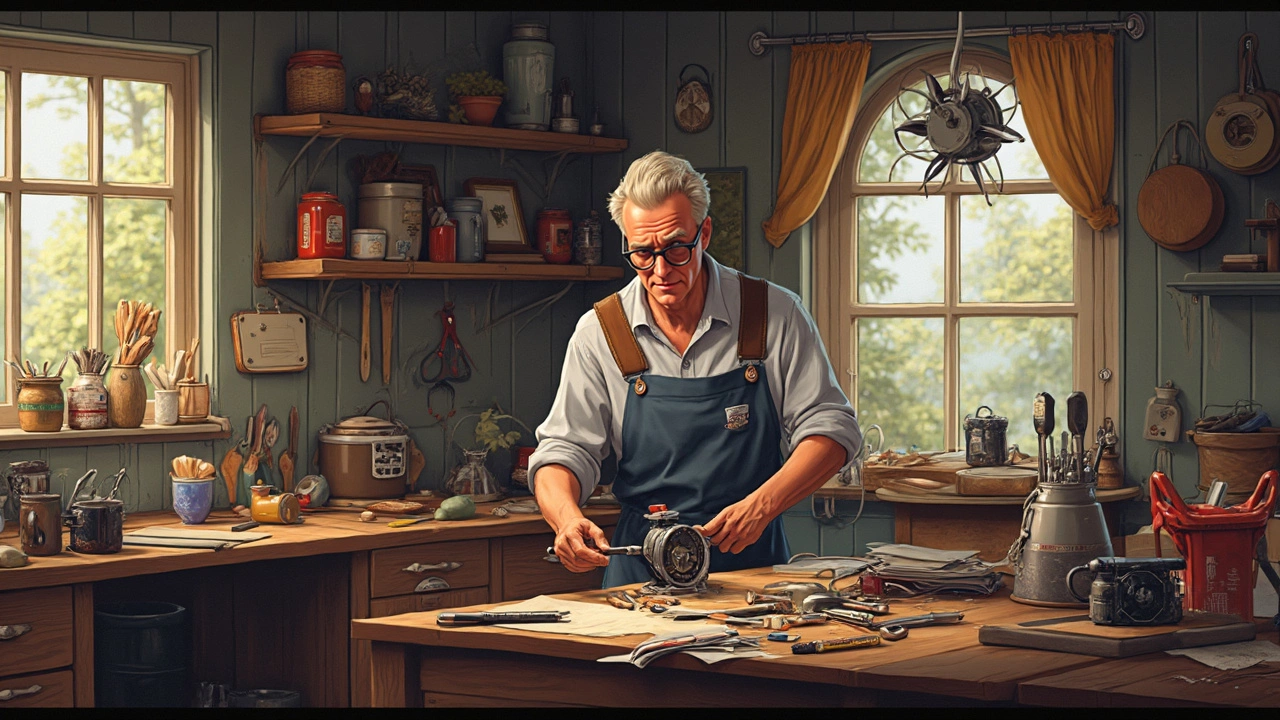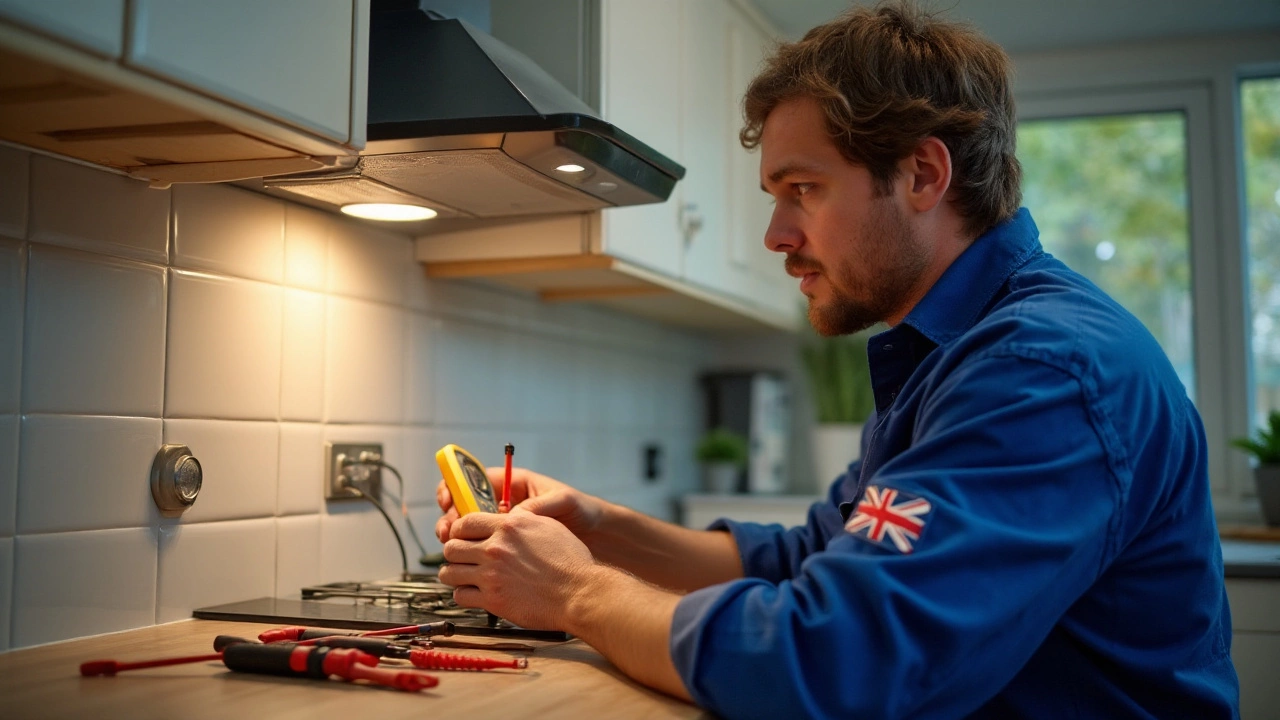Extractor Fan Repair: Simple Steps to Get Your Fan Working Again
If your kitchen extractor fan is noisy, humming, or just not pulling air, you don’t have to call a pro straight away. Most problems are easy to spot and fix with a few tools you probably already have. Below we walk through the most common faults, how to test them, and what you can do before deciding to replace the whole unit.
Identify the Symptom and Check the Basics
First, turn the fan on and listen. Is it silent, whirring, or making a rattling sound? Does the light (if it has one) work? A quick visual check can save you time. Make sure the fan is switched off at the wall, then remove the front grille. Dust and grease build‑up are the biggest offenders – they block airflow and make the motor work harder, which creates noise.
Use a soft brush or a vacuum with a narrow nozzle to clean the blades and the housing. If the fan still sounds rough after cleaning, the motor bearings may need lubrication or the motor itself could be failing.
Fix a Faulty Motor or Wiring Issue
When cleaning doesn’t help, test the motor. With the fan still off, carefully pull the motor’s connector and check for loose wires or corrosion. A corroded terminal can be cleaned with a tiny piece of sandpaper; just be gentle so you don’t damage the contacts.
If the motor spins freely by hand but won’t run on power, the capacitor is likely the culprit. Most extractor fans use a small start capacitor that can go bad after years of use. You can buy a replacement for under £10. To replace it, note the wire colours, disconnect the old capacitor, and connect the new one exactly the same way. Always double‑check that the power is off before you touch any wires.
For fans that keep tripping the circuit breaker, look for a short circuit. Examine the motor windings for burnt spots or a broken wire. If you see damage, the motor is beyond a simple fix and should be swapped out.
Once the motor and wiring are ok, reassemble the grille, turn the power back on, and test the fan. It should run smoother and pull more air. If airflow is still weak, the fan’s fan blade may be bent or the duct could be clogged. Straighten any bent blades and clear the duct with a flexible brush.
When you’ve tried cleaning, checking connections, and swapping the capacitor, you’ve covered the most common causes. Most homeowners can get their extractor fan back in shape without professional help. However, if the fan still won’t run or you feel uncomfortable working with electricity, call a qualified technician. Safety first, always.
Remember, regular maintenance—wiping the grille every few weeks and giving the motor a quick dust‑off once a year—keeps the fan happy and extends its life. A well‑maintained fan not only works better but also saves you from costly repairs down the line.
